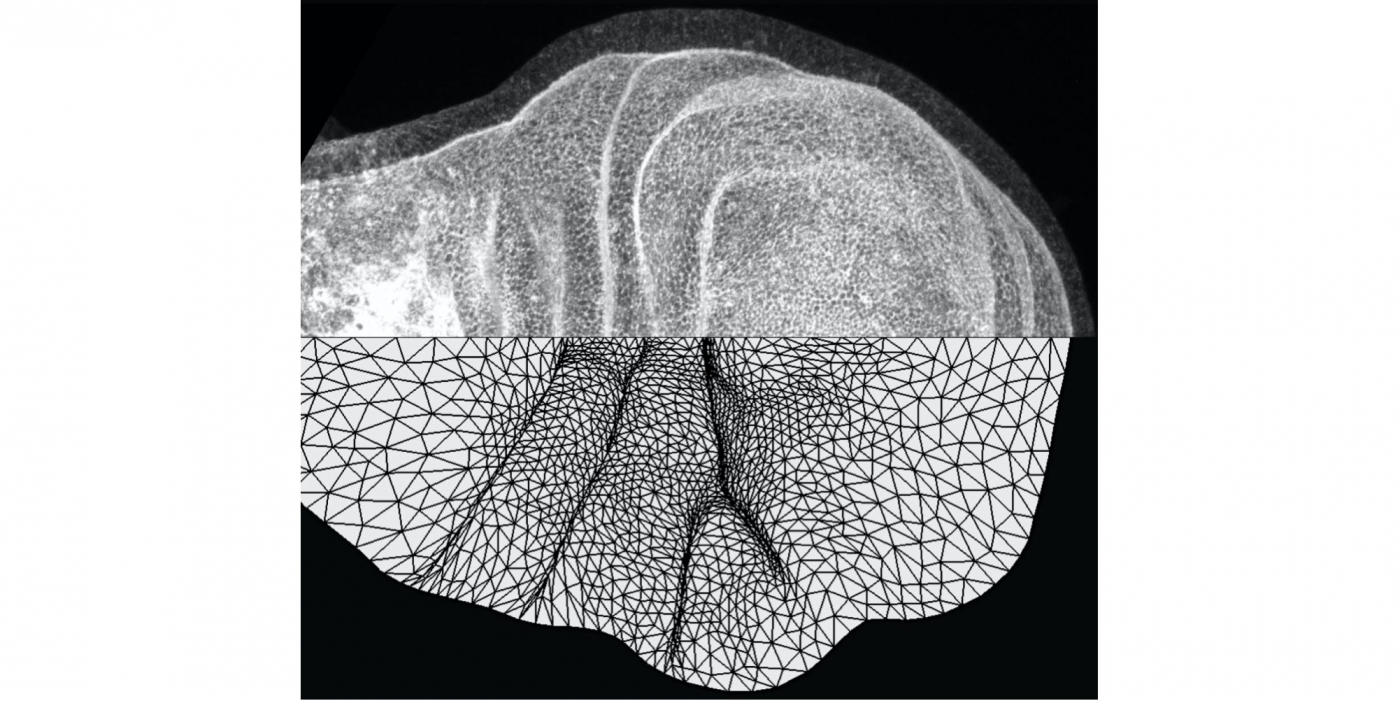
Research synopsis
The emergence of multicellularity represented a critical event in the evolution of life. It is the reason why complex lifeforms possess tissues and specialised organs that carry out different functions. There is a huge diversity of tissue sizes, shapes and patterns across the wide variety of organisms on Earth. But how do multicellular systems physically form?
To answer this question, we must understand the fundamental design principles that shape and pattern our tissues. How do individual cell decisions lead to emergent collective tissue behaviour? How do cells communicate with each other within and across tissues? How do tissues undergo complex morphological changes to form robust 3D structures that are key to their fate and functions? How do tissues maintain homeostasis and repair themselves upon injury? These are just some of the questions we study in this theme, using a broad range of model tissues and organisms, coupled with principles and tools from biology and physics.
Examples of topics:
- Growth, development, morphogenesis
- Tissue homeostasis and aging
- Biomechanics
- Wound healing / tissue repair / regeneration / stem cells
- Matrix biology
- Tissue and biomaterial engineering
Examples of techniques:
- Advanced 3D and 4D imaging
- Machine learning based image analysis
- Computational modelling
- Cell and tissue culture
- Genetics and optogenetics
- Atomic force microscopy
- Optic tweezers
- Microfluidics and micropatterning
- Traction force microscopy
 Close
Close

